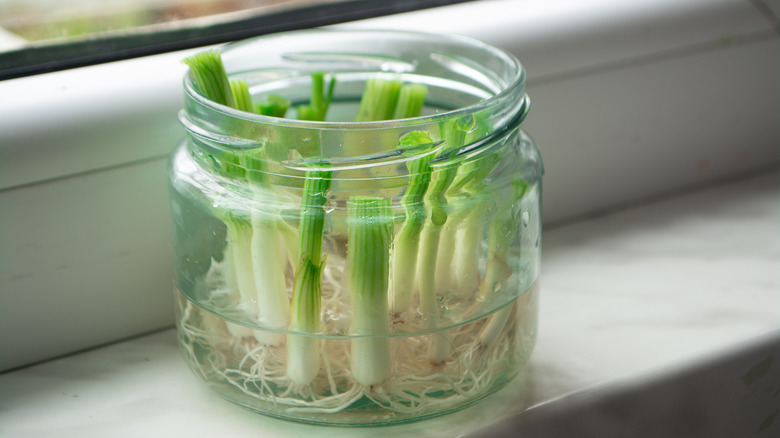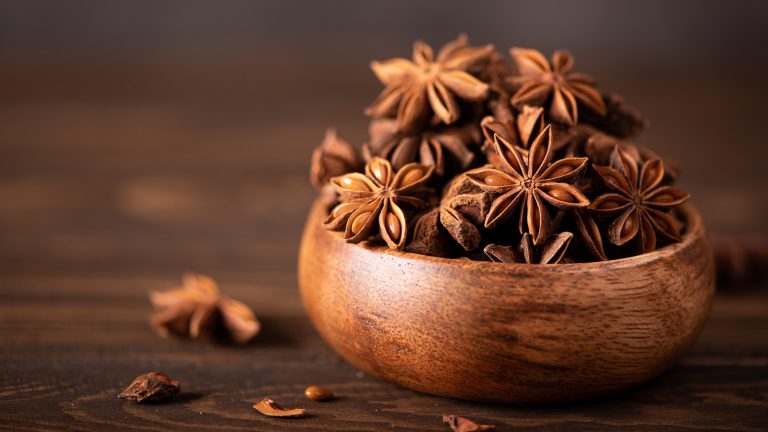Fresh vegetables can be expensive. Frankly, so can seeds. Plus, there is all the effort of germinating and protecting young plants at their most delicate. Celery, in particular, is not the easiest plant to grow, particularly when it comes to starting from seeds. But that’s where this little trick comes in — not only will you be growing your own celery in no time, but it won’t cost you a dime.
The simplest method for growing celery at home starts with the scraps left over after a recipe. Buy yourself a head of celery and cut off the stalks a few inches up from the base. You can use the stalks however you wish — like these creative ways to eat celery — it’s the base we’re after here. Next, you want to stick that base end into a jar so that the bottom of it is submerged in water — this will allow it to begin to root. For the best results, stick toothpicks in the side to suspend it above the bottom of the jar, like in that old elementary school science experiment with the potato.
Put the jar someplace that receives plenty of sunlight, and be sure to change out the water every few days. The outside of the celery may wither, but eventually, it will root out and begin to grow. It can grow like this for a bit, but you’ll get better results if you transfer the plant to a pot with soil. And you’ll be eating silky cream of celery soup in no time.
Other vegetables you can regrow from scraps
Celery grows slowly, so it’ll take a few of these scraps to get your production really booming, but if you live in the U.S., every plant adds to our title as the country that produces the most celery. But while you’re building that celery farm, why not look into some other plants as well? There are actually many vegetables that can be regrown from repurposed kitchen scraps. Anything you buy with roots or stems attached should be able to be sprouted and regrown in your kitchen. Scallions are an obvious choice, because they come with the roots still attached, and root vegetables and tubers like potatoes, garlic, and carrots are simple to regrow as well. But this also extends to plants like basil or lettuce.
With romaine, all you do is give it the same treatment as the celery. The base of that head of lettuce will root out and grow. As soon as you plant it in soil, you’ll have your own little salad garden. For a plant like basil, the process is just barely different. All you need is a single stem from that packet of fresh basil — preferably with a couple leaves at the top. You can suspend it in water to allow it to root first, or just pop it straight into some moist potting soil. Whether you’re a wannabe home gardener or just someone who’d like to make fewer trips to the grocery store, these kitchen scraps are the key to growing fresh produce at home.






